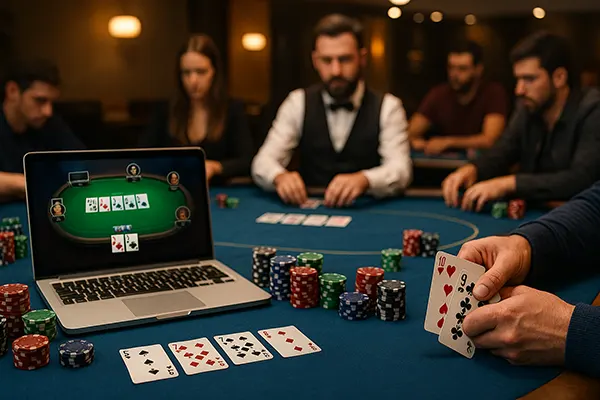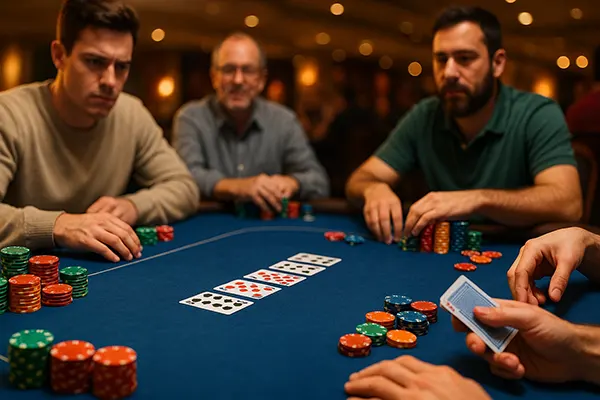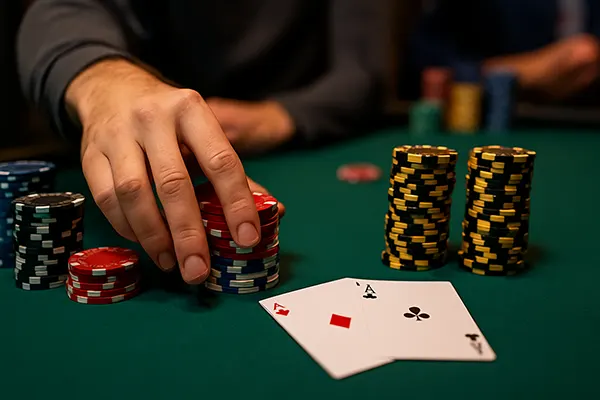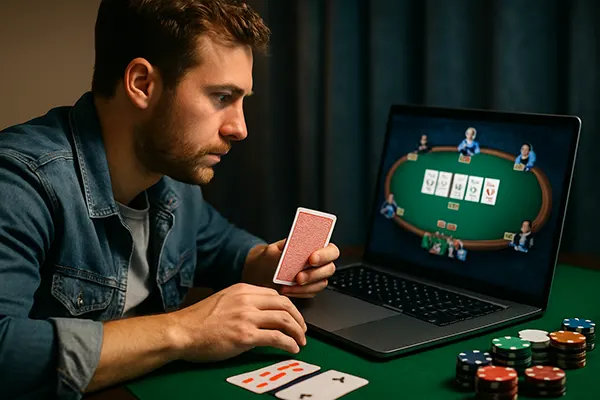
How to Work with Bluffing in Multi-Hand Poker Variants
Playing poker at a high level demands not only skill but also a solid understanding of bluffing techniques. This is particularly crucial in multi-hand poker variants, where strategies are more dynamic and complex. In this article, we’ll explore how to effectively work with bluffing in multi-hand poker games and elevate your gameplay.
Understanding the Role of Bluffing in Multi-Hand Poker
Bluffing is a strategic tool that poker players use to mislead opponents, creating an illusion of a strong hand when the reality might be different. In multi-hand poker variants, bluffing can be more challenging but also more rewarding. The larger number of hands and players increases the unpredictability of outcomes, making a well-timed bluff a game-changer.
One of the key factors in multi-hand poker is managing perception. The larger number of players at the table means that the dynamics of bluffing must account for different playing styles and tendencies. For instance, bluffing against a player who frequently calls can be risky, while targeting a conservative opponent might yield better results. A successful bluff in multi-hand poker often requires both timing and an understanding of table psychology.
Additionally, bluffing in multi-hand poker is not just about the cards you hold but also about the image you project. Players who maintain a consistent table image are more likely to succeed with their bluffs. Observing opponents and adapting to their tendencies can provide valuable insights into when and how to execute a bluff effectively.
Key Elements of Successful Bluffing
To bluff effectively in multi-hand poker, it’s essential to understand your table dynamics. Observe your opponents’ betting patterns, stack sizes, and tendencies. Additionally, position plays a crucial role—bluffing from a late position often yields better results as you have more information on others’ actions. Patience and timing are also vital; frequent bluffs can quickly erode your credibility at the table.
A good bluffer is also an excellent observer. Watching for signs of weakness or hesitation can provide openings for successful bluffs. For example, a hesitant call or prolonged decision-making can indicate uncertainty, creating an opportunity to apply pressure. However, players must also be cautious not to overplay their bluffs, as repeated unsuccessful attempts can make future bluffs less believable.
Bluffing Techniques Tailored to Multi-Hand Variants
In multi-hand poker, adapting your bluffing strategies to the specific format is critical. Variants like Omaha or Pineapple introduce additional layers of complexity due to the number of cards dealt to players. Therefore, incorporating semi-bluffs—where your hand has potential to improve—is often more effective in such formats. This approach minimizes risk while maintaining the pressure on your opponents.
Another effective strategy in multi-hand poker is situational bluffing. This involves using specific moments in the game, such as when the pot is relatively small, to apply pressure on opponents. By bluffing during these less risky situations, players can build a table image that supports more significant bluffs in later stages of the game. Understanding how to vary your bluffing frequency can also keep opponents guessing, making it harder for them to read your strategy.
Finally, managing your bankroll effectively plays a significant role in bluffing. In multi-hand poker, the increased number of players means that the cost of failed bluffs can add up quickly. Setting limits for bluffing expenditures ensures that you maintain control over your overall strategy and avoid unnecessary risks.
Balancing Aggression with Caution
Overly aggressive bluffing can backfire, especially in multi-hand settings. Striking the right balance between aggression and caution ensures that your bluffs are convincing yet not overplayed. For instance, bluffing during lower-stake rounds might help establish your table image, preparing you for more significant plays later.
Cautious bluffing, on the other hand, involves picking your spots carefully. Waiting for moments when opponents show clear signs of weakness, such as a low continuation bet or a reluctance to raise, can provide opportunities for successful bluffs. This calculated approach allows you to maximize the impact of your bluffs without exposing yourself to unnecessary risk.

Reading Opponents and Adjusting Bluffing Strategies
The success of a bluff often hinges on your ability to read your opponents. Multi-hand poker provides more opportunities to gather information, but it also requires a heightened level of focus. Pay attention to body language, betting rhythms, and patterns of hesitation. Adjust your strategy dynamically based on the players you are up against. For example, conservative players may fold more easily, while aggressive ones might require stronger representations of a powerful hand.
One of the most important skills in reading opponents is identifying tells. These subtle signals, such as changes in breathing, fidgeting, or sudden shifts in posture, can reveal valuable information about a player’s hand. Learning to spot and interpret these tells can give you an edge in executing successful bluffs. However, it’s equally important to control your own tells to avoid giving away information about your hand.
Lastly, adapting to changing game dynamics is crucial in multi-hand poker. As players are eliminated and the table size decreases, the effectiveness of bluffing strategies may also change. Being flexible and willing to adjust your approach ensures that you remain competitive throughout the game.
Psychological Aspects of Bluffing
Effective bluffing in poker is not just about the cards; it’s a psychological game. Intimidation, unpredictability, and confidence can all enhance the impact of a bluff. Understanding the mental state of your opponents allows you to exploit their weaknesses and push them toward making mistakes. However, maintaining your own composure is equally crucial—any sign of hesitation can undermine your efforts.
In conclusion, bluffing in multi-hand poker requires a blend of strategy, observation, and psychological insight. By mastering these elements, players can not only enhance their bluffing success but also elevate their overall gameplay. Whether you’re a seasoned pro or a newcomer to multi-hand poker, understanding the nuances of bluffing is an essential step toward long-term success.






